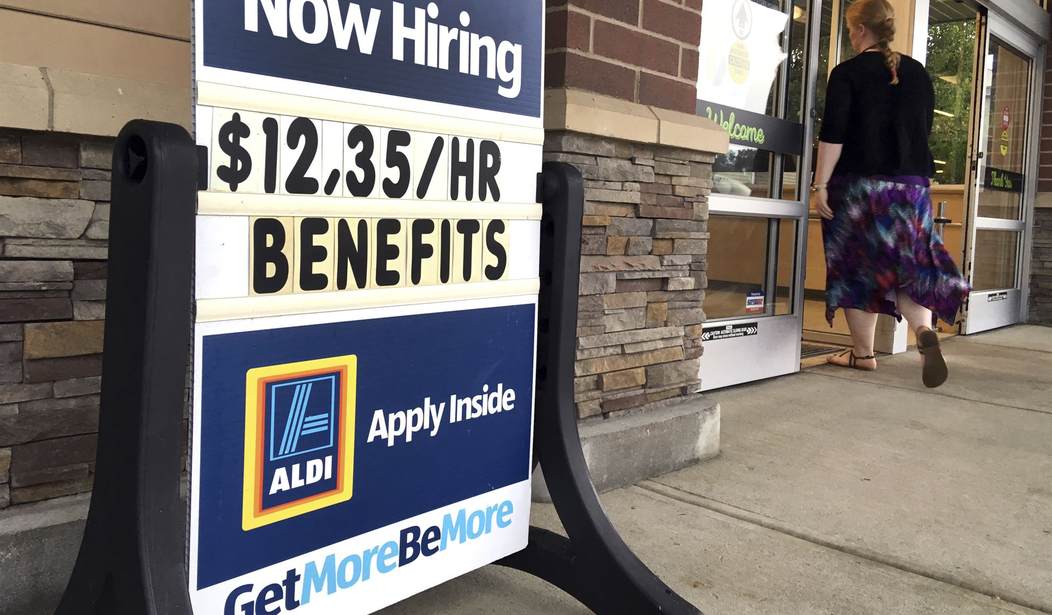By the end of April, the unemployment rate had already begun to drop steadily. More businesses were reopening and at least some people were returning to work. Both of those items are good news. But buried deeper in the job numbers was a disturbing trend. The number of available job openings rose to more than 9 million. That’s the highest number recorded since the Labor Department began tracking these figures more than two decades ago. So why would that be bad news? Shouldn’t a higher demand for workers produce positive results? Well… usually it would, but that’s really only true if we are at or near full employment levels. When it happens during the unique conditions we’re experiencing today, we run the risk of creating a false labor shortage, and that can produce unpredictable and unsustainable results. (Washington Examiner)
Job openings soared to a record high at the end of April, the labor Labor Department said Tuesday, adding to fears about unfulfilled demand for workers.
The number of available jobs rose by about 1 million to 9.3 million, according to the Bureau of Labor Statistics’ Job Openings and Labor Turnover Survey, the highest number since the agency began keeping track in 2000.
“Demand for workers is surging as the broader economy starts to emerge from the pandemic,” said Indeed Hiring Lab director of research Nick Bunker. “At the same time, supply is restrained as workers are slow to find their post-pandemic normal.”
During times when the country approaches full employment, a labor shortage is actually a good thing for workers. Competition for employees compels employers to raise wages and enhance benefits to compete for the most qualified candidates. And if demand for workers is that high, it generally indicates that the employer is operating at or near peak capacity, driving up profits that allow them to cover the increased labor costs.
But that’s not what we’re seeing today. There is no labor shortage. There are more than enough people who are currently out of work and capable of working to fill this demand. The problem is that many of them are simply refusing to go back to work. As we’ve discussed here in the past, there are no doubt several reasons for this. Some are still concerned about venturing out with the virus still lurking while others are shopping around for better opportunities as compared to their last positions. But some are simply staying on the sidelines because the federally enhanced unemployment benefits pay better or at least as well as their old jobs.
So what does that mean going forward? In the short term, some employers are going to feel compelled to raise wages and improve benefits to attract new employees. That’s great news for those new workers, at least in the short term, but other problems are being created simultaneously. Some of these businesses that are only now reopening aren’t even back to their previous levels of profitability. So they will be faced with the choice to raise their prices to cover their heightened labor costs. This makes everything more expensive for everyone.
In the longer view, things don’t improve much. Roughly half of the states have already announced plans to end the federally enhanced unemployment benefits this month or shortly thereafter. Others will keep them in place as long as the feds keep providing the cash, currently targeted for September. That will drive a lot of the workers back to the help wanted pages quickly, but only in half of the country. With labor availability back to something approaching normal, employers will no longer need to pay the higher wages and some will choose to lower them, causing unrest in the workforce.
Meanwhile, in the states where benefits are still high, employers will continue to be starved for workers. Eventually, the enhanced benefits will end entirely and at that point, we should be back to a normal balance of supply and demand in terms of labor. But the chaos being created by this artificial labor shortage will likely produce negative effects that will last well beyond that point.









Join the conversation as a VIP Member